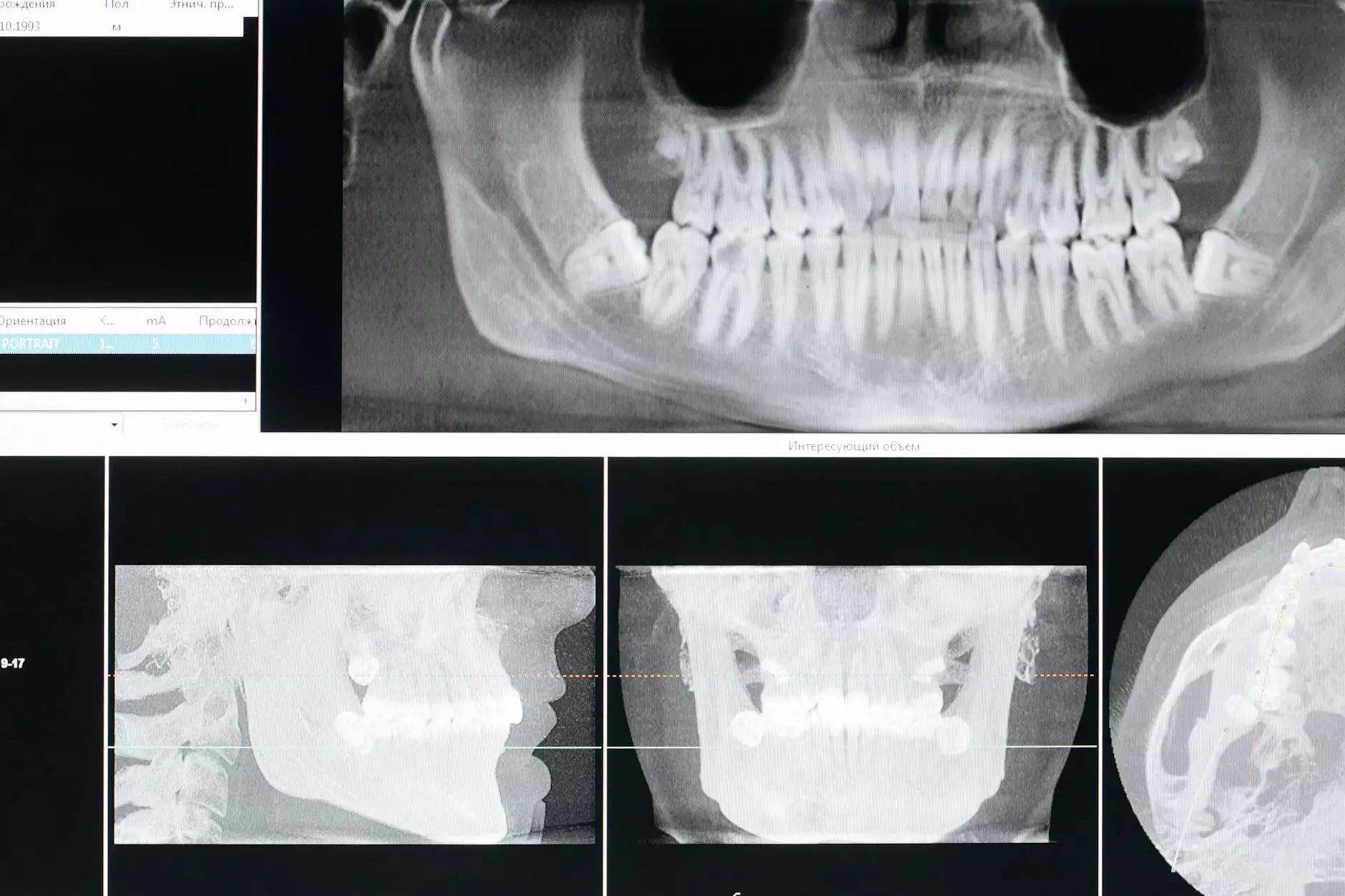Lung Cancer CT Scan: Understanding the Importance and Process

Lung cancer remains one of the most significant health challenges globally, claiming millions of lives annually. With the rise in awareness around this disease, early detection and timely intervention have become increasingly crucial. Among the various diagnostic tools available, the lung cancer CT scan stands out as a leading method for accurate assessment and early diagnosis. This article delves into the intricacies of lung cancer CT scans, their importance, the process involved, and the relevant treatments that follow.
What is a Lung Cancer CT Scan?
A CT (computed tomography) scan utilizes a series of X-ray images taken from different angles and combines them using computer technology to create cross-sectional images (slices) of bones, organs, and tissues inside the body. The lung cancer CT scan specifically focuses on the lungs and helps healthcare professionals ascertain abnormalities that may indicate the presence of cancer.
The Significance of CT Scans in Lung Cancer Detection
Early detection of lung cancer significantly increases the chances of successful treatment and survival. Here are some vital reasons why a CT scan is essential:
- High Precision: CT scans provide more detailed images than standard X-rays, allowing for a clearer view of tumors, lesions, or nodules in the lungs.
- Early Diagnosis: By identifying abnormal growths at an earlier stage, CT scans can lead to prompt medical interventions.
- Monitoring and Treatment Evaluation: After a lung cancer diagnosis, CT scans help in monitoring the effectiveness of treatments and check for recurrence.
- Assessing Spread: CT scans can determine if cancer has spread to nearby tissues, lymph nodes, or other organs in the body.
How is a Lung Cancer CT Scan Performed?
Understanding the process of the lung cancer CT scan can alleviate any anxiety associated with the procedure. Here is a step-by-step breakdown:
1. Preparation
A few days before the scan, your healthcare provider may instruct you on how to prepare. This usually includes:
- Informing your doctor about any medications or allergies, particularly to iodine (if using contrast).
- Wearing comfortable clothing without metal zippers or buttons that can interfere with imaging.
- Following dietary instructions, especially if a contrast material is needed.
2. The Scanning Process
Once settled in the imaging room, the process typically unfolds as follows:
- You will lie on a narrow table that slides into the CT scanner — a large, donut-shaped machine.
- The technician will no longer be in the room but will observe you from a separate area and maintain communication via intercom.
- The machine will rotate around you, taking multiple images while you hold your breath for a few seconds at a time. This is necessary to ensure clearer images.
- The entire process usually takes about 30 minutes.
3. Post-Scan Instructions
After the scan, you may resume normal activities. If a contrast dye was used, your doctor might provide specific instructions on hydration to help flush it out of your system. Results typically take a few days to process, after which your doctor will discuss the findings with you.
What Can a Lung Cancer CT Scan Reveal?
The lung cancer CT scan is proficient in identifying the following:
- Pulmonary Nodules: Small growths that can indicate cancer or non-cancerous diseases.
- Size and Shape of Tumors: Helps in understanding the nature and aggressiveness of a tumor.
- Involvement of Lymph Nodes: Initial assessment of how far cancer has spread.
- Fluid Accumulation: Identifying pleural effusions which may require further investigation.
Benefits of Lung Cancer CT Scans
The advantages of undergoing a CT scan for lung cancer diagnosis are numerous:
- Non-Invasive: Unlike biopsies that involve surgical procedures, CT scans are non-invasive and pain-free.
- Quick and Efficient: The entire scanning process is rapid, providing immediate insights into your lung health.
- Comprehensive Analysis: CT scans can reveal multiple abnormalities in one imaging session.
- Guidance for Further Procedures: If abnormalities are detected, CT scans can guide physicians in recommending further diagnostic avenues or treatments.
Risks and Limitations of Lung Cancer CT Scans
While CT scans provide crucial information, it's essential to be aware of the potential risks:
- Radiation Exposure: CT scans involve higher doses of radiation than typical X-rays. Despite this, the benefits of detecting lung cancer often outweigh the risks.
- False Positives: Non-cancerous lesions may resemble cancer on scans, leading to unnecessary anxiety and further invasive procedures.
- Contrast Reactions: Some individuals may have allergic reactions to the contrast material used in the scan.
Next Steps After a Lung Cancer CT Scan
Should the lung cancer CT scan reveal concerning results, your healthcare provider will discuss the next steps which may include:
- Biopsy: A tissue sample may be taken to confirm the presence of cancer cells.
- Additional Imaging: Other forms of imaging, such as PET scans or MRIs, may be necessary for further assessment.
- Staging: Understanding the stage of cancer to decide upon a treatment plan.
- Treatment Options: Depending on the diagnosis, options may include surgery, chemotherapy, radiation therapy, or targeted therapies.
Conclusion
The role of the lung cancer CT scan in modern medicine cannot be overstated. It serves as a vital tool in the early detection and ongoing management of lung cancer — enabling those affected to receive timely and potentially life-saving interventions. By understanding how lung cancer is diagnosed and monitored, patients and healthcare providers can work together toward better health outcomes.
For individuals concerned about lung cancer or who have a family history of the disease, consulting a healthcare professional for a lung cancer CT scan is a proactive step. Early detection through advanced technologies such as CT scans can pave the way for effective treatment strategies and improve survival rates.









